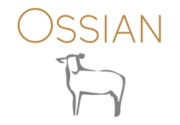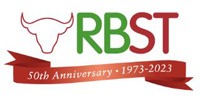Knitting on an industrial scale moved from Britain in the 1980s
12 of 20 Stages of the Evolution of British Wool Knitting Industrial knitting in the UK used to be centered in the North of England and the border regions of Scotland. Since the 1980’s much of this industry has moved off shore to the Far East, causing loss of jobs including many skilled workers. As […]
Knitting on an industrial scale moved from Britain in the 1980s Read More »













